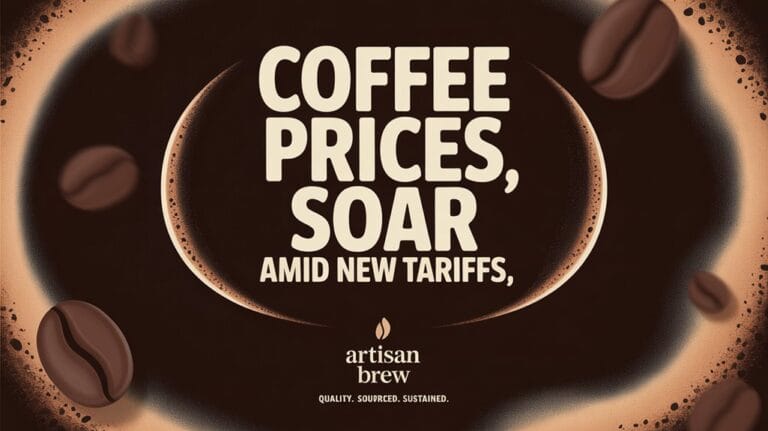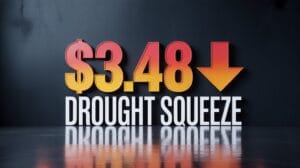How will new tariffs impact U.S. coffee prices? Recently introduced tariffs on key coffee-exporting countries have raised concerns about rising costs for coffee lovers in the United States. Starting August 1, 2025, new tariffs affected major suppliers like Brazil, Vietnam, Colombia, and Indonesia.
For instance, Vietnam’s tariff rate jumped to 20%, while Indonesia faces a hefty 32% rate. This has made it more expensive for coffee importers to bring coffee into the country. As a result, many people expect coffee prices to soar. Espresso beans typically require a fine grind size optimized for high-pressure extraction, making the potential surge in prices particularly impactful for espresso enthusiasts.
The U.S. imported over $8.2 billion in coffee in 2023. With these tariff hikes, costs for both importers and consumers are likely to rise further, creating additional strain on an already inflated market. Arabica coffee prices had already surged past $4 per pound amid supply shortages, and tariffs only add to this pressure.
U.S. coffee imports face rising costs due to new tariffs, compounding pressures on an already inflated market.
The tight supply chain, due to Brazil’s severe drought and increased costs, means coffee prices might reach new heights. The National Coffee Association has started lobbying for tariff exemptions, highlighting that there are no sufficient domestic alternatives for the coffee Americans enjoy.
The tariffs largely apply to almost all imported coffee, limiting choices for importers trying to navigate these increasing costs. The impact is especially striking as coffee commodities resist other market pricing trends.
Consumers may start feeling the pinch at local supermarkets and cafes. Already, instant coffee prices jumped 20.1% compared to the previous year. Coffee businesses, facing higher import costs, might pass these expenses onto customers or face tighter profit margins.
This shift could even lead folks to rethink their coffee habits. In such a challenging landscape, coffee importers and roasters are keeping a close eye on tariff changes. Adapting sourcing strategies quickly becomes vital as new developments unfold. The maximum safe daily caffeine intake set by the FDA remains a concern for those who may resort to adjusting their consumption in response to price hikes. The future of U.S. coffee prices remains uncertain, leaving many wondering how these tariffs will reshape their daily coffee rituals.





